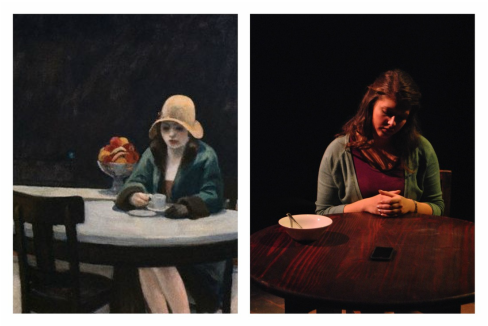I am attracted to the story that involves emotion.
I try to read the script as many different times and with each reading sometime different emerges from the script. After my analysis I search for words that will speak to the mood, emotion, theme, and/or feel of the script. Once I have developed the words that address the script, I look for images. In particular I look for an image that incorporates my interpretation of the script. By providing both words and an image, I hope that the combination of both will spark the imagination of the production team. This image also remains with me, in the subconscious, as I work with the actors on the production. When I work with actors I love challenging and encouraging them to take risks. Actors should be free to make choices and trust that I'll guide, help, and incorporate those discoveries.
Communication, education, and laughter will always follow me in each of my productions. I say this because whether I’m working with a team member on the production team or an actor, I must be able to communicate with them in a manner that is beneficial, effective, and if working with a student, a manner that helps guide them and encourages them to grow in their field. I’m still starting off in my career, but when I have worked with new actors and designers I have been successful because of these beliefs.
Communication, education, and laughter will always follow me in each of my productions. I say this because whether I’m working with a team member on the production team or an actor, I must be able to communicate with them in a manner that is beneficial, effective, and if working with a student, a manner that helps guide them and encourages them to grow in their field. I’m still starting off in my career, but when I have worked with new actors and designers I have been successful because of these beliefs.
When I was working on Dead Man's Cell Phone I used the playwright, Sarah Ruhl's continual reference of Edward Hopper painting as both the starting point for my production team but also for a moment when Jean was left alone at the dinner. Hopper's painting "Automat" was the main image that I used. Because of this image, we were able to bring to life this image in a contemporary setting. This image also influenced the actress who played Jean, along with myself over the course of the production.

